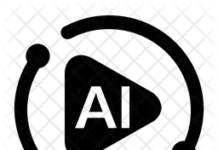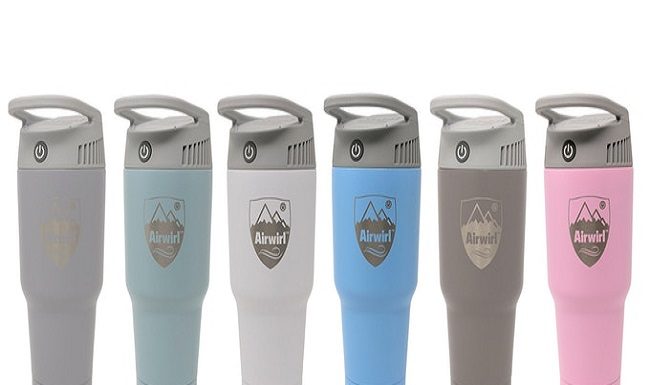Few days ago, renowned scientific journal Nature announced in an editorial that it will not publish images or videos created using generative AI tools. This is owing to the fact that “this kind of visual content is a question of research integrity, consent, privacy and intellectual-property protection.” The company penned.
Having been in existence for over a century, Nature publishes peer-reviewed research from various academic disciplines, mainly in science and technology. It is one of the world’s most cited and most influential scientific journals.
But here’s a deep concern; Should Nature allow generative artificial intelligence (AI) to be used in the creation of images and videos in spite of its popularity?
Here’s what the science and art publications goddess has to say about it. “This journal has been discussing, debating and consulting on this question for several months following the explosion of content created using generative AI tools such as ChatGPT and Midjourney, and the rapid increase in these platforms’ capabilities.”
The platform added that it only accommodates articles specifically written about AI and nothing more.
“Apart from in articles that are specifically about AI, Nature will not be publishing any content in which photography, videos or illustrations have been created wholly or partly using generative AI, at least for the foreseeable future.
Artists, filmmakers, illustrators and photographers whom we commission and work with will be asked to confirm that none of the work they submit has been generated or augmented using generative AI (see go.nature.com/3c5vrtm).”
The journal clearly states her reason for not allowing other types of generative AI content on” integrity”.
“Why are we disallowing the use of generative AI in visual content? Ultimately, it is a question of integrity. The process of publishing — as far as both science and art are concerned — is underpinned by a shared commitment to integrity. That includes transparency. As researchers, editors and publishers, we all need to know the sources of data and images, so that these can be verified as accurate and true. Existing generative AI tools do not provide access to their sources so that such verification can happen.”
And then the problem of attribution comes in next. “when existing work is used or cited, it must be attributed. This is a core principle of science and art, and generative AI tools do not conform to this expectation.”
The platform also cited consent and permission as a thing to consider which AI generative approaches doesn’t conform to,
“Consent and permission are also factors. These must be obtained if, for example, people are being identified or the intellectual property of artists and illustrators is involved. Again, common applications of generative AI fail these tests.
Generative AI systems are being trained on images for which no efforts have been made to identify the source. Copyright-protected works are routinely being used to train generative AI without appropriate permissions. In some cases, privacy is also being violated — for example, when generative AI systems create what look like photographs or videos of people without their consent. In addition to privacy concerns, the ease with which these ‘deepfakes’ can be created is accelerating the spread of false information.”
Although the platform allows text generated from AI tools, it says it is done with appropriate caveats.
“For now, Nature is allowing the inclusion of text that has been produced with the assistance of generative AI, providing this is done with appropriate caveats (see go.nature.com/3cbrjbb). The use of such large language model (LLM) tools needs to be documented in a paper’s methods or acknowledgements section, and we expect authors to provide sources for all data, including those generated with the assistance of AI. Furthermore, no LLM tool will be accepted as an author on a research paper.
The world is on the brink of an AI revolution.
This revolution holds great promise, but AI — and particularly generative AI — is also rapidly upending long-established conventions in science, art, publishing and more. These conventions have, in some cases, taken centuries to develop, but the result is a system that protects integrity in science and protects content creators from exploitation.”
Warning against the dangers of not carefully handling AI, the platform has this to say.
“If we’re not careful in our handling of AI, all of these gains are at risk of unravelling.
Many national regulatory and legal systems are still formulating their responses to the rise of generative AI. Until they catch up, as a publisher of research and creative works, Nature’s stance will remain a simple ‘no’ to the inclusion of visual content created using generative AI”
featured image credits; NDTV












































